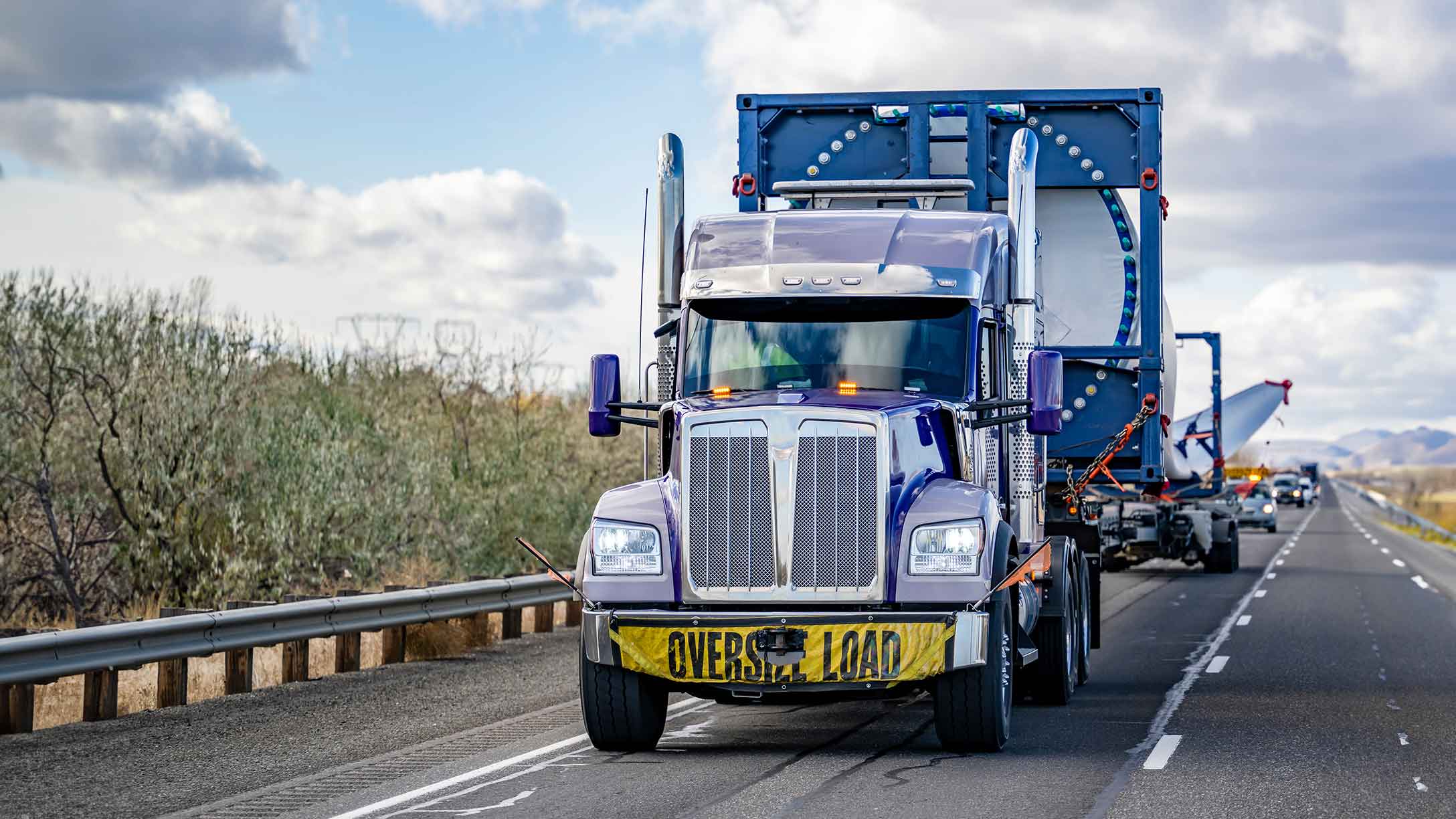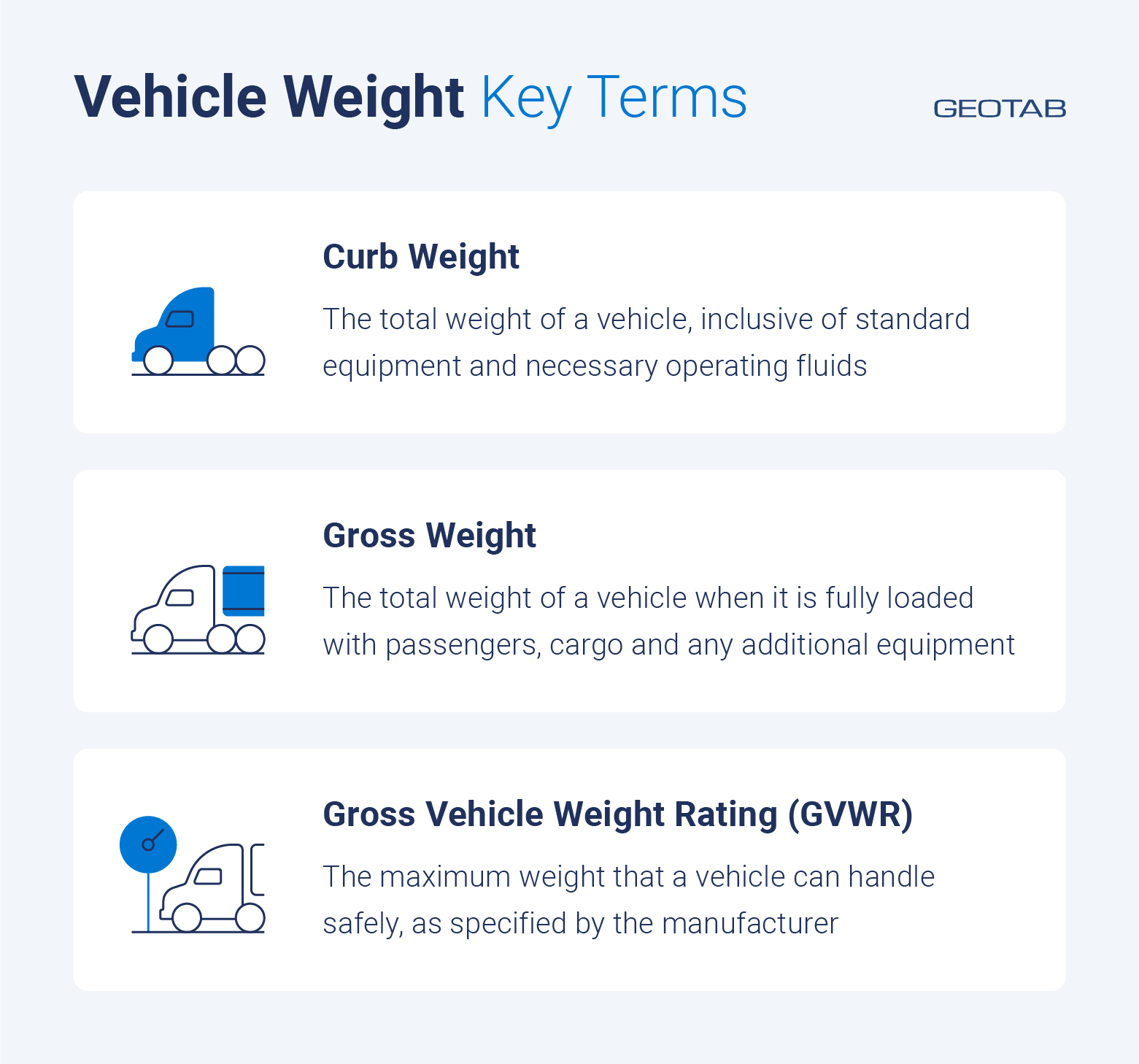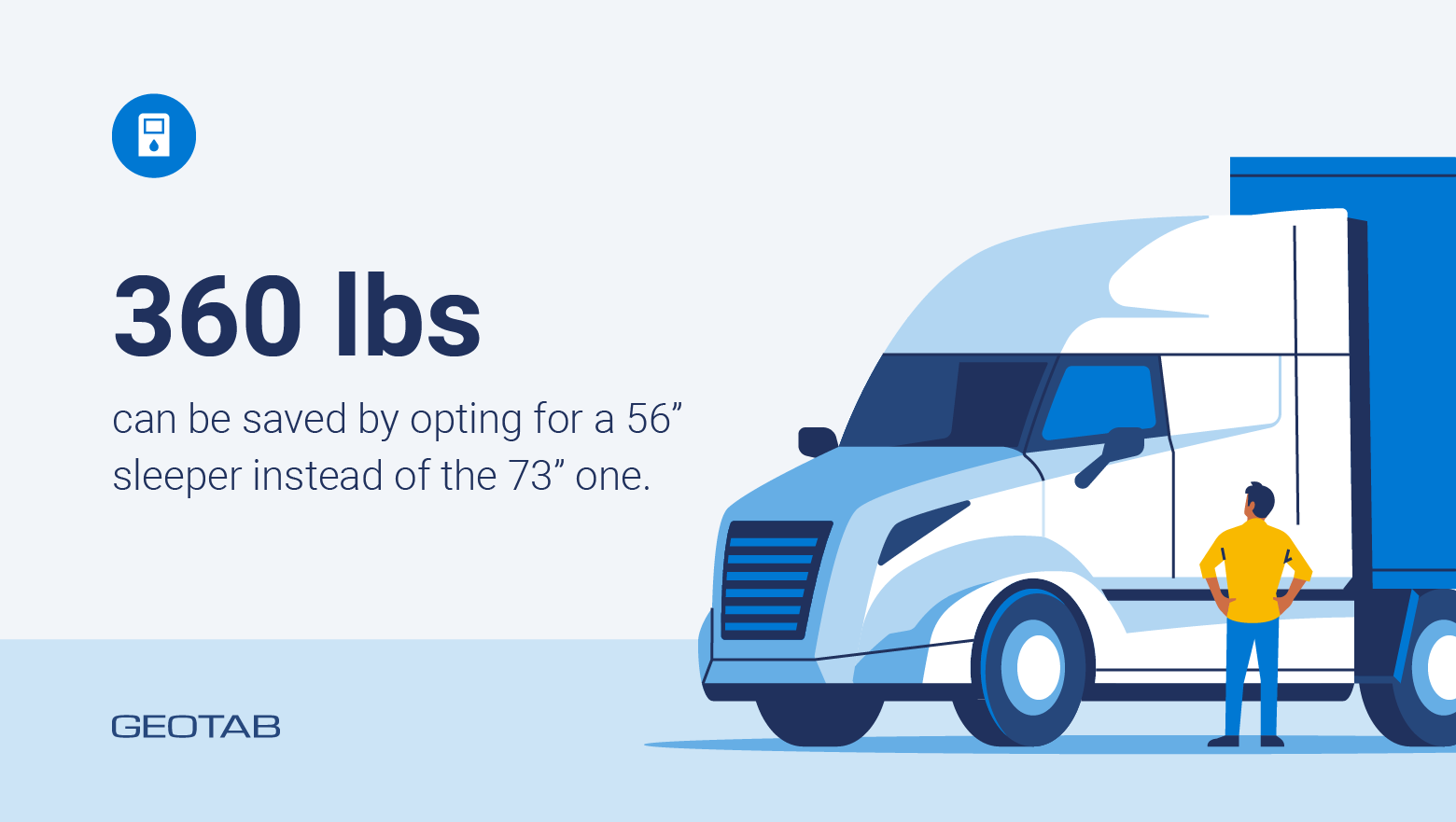Curb Weight vs Gross Weight : A Comprehensive Guide
Explore the critical role of curb weight, gross weight and GVWR in optimizing fleet safety, performance, legal compliance and more.


Grasping the specifics of vehicle weights – curb weight, gross weight and gross vehicle weight rating (GVWR) – is more than a technical exercise. It's a strategic move that boosts fleet safety, performance and legal compliance. While these terms may seem like jargon, their understanding is crucial for effective fleet management.
This blog will serve as your guide to unraveling these terms and their importance. We'll explore how weights influence vehicle performance, their relevance to safety regulations and why fleet managers should keep a close eye on them.
Understanding vehicle weights: Key terms

Let’s start by defining the key terms related to vehicle weights:
Curb Weight: Curb weight refers to the total weight of a vehicle, inclusive of standard equipment and necessary operating fluids such as motor oil, transmission oil and brake fluid, but without passengers or cargo. It’s essentially the weight of a ready-to-drive vehicle without any load.
Gross Weight: This term denotes the total weight of a vehicle when it is fully loaded with passengers, cargo and any additional equipment. Gross weight is the sum of the curb weight and the additional load.
Gross Vehicle Weight Rating (GVWR): The GVWR is a capped weight that should never be exceeded. It’s the maximum weight that a vehicle can handle safely, as specified by the manufacturer. This weight includes all components of the vehicle, passengers and cargo, but excludes any trailers hitched to the vehicle.
What is curb weight?
Curb weight acts as a baseline measurement that directly impacts several aspects of vehicle performance. For example, when it comes to fuel efficiency, vehicles with lower curb weights have an upper hand. The lower weight reduces the amount of power required to move the vehicle, resulting in less fuel consumed.
Similarly, when it comes to acceleration, a lighter vehicle has an advantage. Less mass means less inertia to overcome, allowing for faster acceleration. However, when we look at stability, particularly in adverse weather conditions, the scales tip in favor of heavier vehicles as they tend to hold the ground better, offering enhanced stability.
Curb weight is an important element in vehicle specifications. It takes into account everything necessary to operate the vehicle, but nothing that would be considered a variable payload. This base weight plays a key role in how a vehicle performs and how much fuel it uses.
What is gross weight?
A critical metric, gross weight refers to the total weight of a vehicle when it's fully loaded. This includes the weight of the vehicle itself, passengers, cargo, fuel, and any additional equipment or accessories. Understanding gross weight is essential for safety, regulatory compliance, and optimal vehicle performance.
Understanding gross weight is important in many aspects of vehicle operation and fleet management. It plays a key role in safety regulations as a vehicle carrying more than its gross weight can risk the safety of the driver, passengers, and others on the road. It also impacts the vehicle's performance, including its fuel efficiency, acceleration, braking capability, and handling. Overloading a vehicle can lead to increased wear and tear and reduce the vehicle's overall lifespan.
Gross weight is also legally regulated, and it is unlawful to operate a vehicle over its stated gross weight. So understanding and managing the gross weight of vehicles is a crucial aspect of fleet management, as it directly affects operational efficiency, safety, and legal compliance.
Curb weight vs. gross weight
Curb weight and gross weight are two sides of the same coin – both relate to vehicle weight, yet serve different purposes and carry distinct implications. Curb weight is a constant figure influencing fuel efficiency and overall performance. It provides a foundation upon which the vehicle's capabilities are assessed. While gross weight, a variable measure, dictates payload capacity of the vehicle. It’s a dynamic figure that changes with each trip, influencing factors such as tire pressure, load on the vehicle's suspension and braking requirements.

Fuel weight that can be saved by opting for a different sized vehicle.
The difference between the two carries tangible real-world implications. For instance, knowing the curb weight of a vehicle can help fleet managers make strategic choices about vehicle deployment for different tasks, optimizing fuel efficiency and performance. Understanding gross weight, on the other hand, allows fleet managers to make sure safety regulations are met, avoid overloading and optimize the lifespan of the vehicle's tires, suspension and brakes.
Curb weight vs. GVWR (Gross vehicle weight rating)
Gross vehicle weight rating (GVWR) is a term set by the manufacturer that refers to the maximum total weight a vehicle is rated to safely carry, including its own weight and the weight of passengers, cargo and any optional equipment. It's the highest safe operating weight of the vehicle and should never be exceeded.
The difference between curb weight and GVWR is essentially the vehicle's payload capacity. Exceeding the GVWR can strain the vehicle's engine, brakes and transmission, leading to increased maintenance costs and decreased vehicle lifespan. In a worst-case scenario, it could even lead to brake failure or a blown tire.
Frequently asked questions about curb and gross weight
How can I find my vehicle's curb weight?

The curb weight of your vehicle is usually listed in the vehicle's owner's manual. If it's not there, you can contact the vehicle's manufacturer or look for a sticker or plate on the vehicle itself, typically located on the driver's side door jamb.
Alternatively, you can determine the curb weight by weighing the vehicle on a large scale, often found at truck stops or cargo loading points. If these options aren't accessible, you can also calculate the curb weight. This is done by taking the GVWR and subtracting the vehicle's payload capacity, which includes the weight of passengers and cargo.
Why do curb weight and gross weight matter?
Curb weight and gross weight are critical for vehicle safety, performance and legality. They affect everything from fuel efficiency and acceleration, to braking performance and handling. Overloading a vehicle beyond its gross weight can lead to increased wear and tear, compromised safety and potential legal issues.
Can I increase my vehicle's GVWR?
Generally, it's not recommended or legal to increase a vehicle's GVWR. The GVWR is set by the manufacturer based on the vehicle's design and capabilities. Modifications to increase the GVWR can compromise vehicle safety.
What measures are in place to enforce GVWR?
Enforcement of GVWR varies by jurisdiction but commonly involves roadside inspections, checkpoints at weigh stations and documentation checks. Officers measure vehicle weight using scales, check cargo against vehicle documentation and impose penalties if the GVWR is exceeded.
What happens if I exceed my vehicle's GVWR?
Exceeding the GVWR can significantly compromise the safety and performance of a vehicle. It can result in increased wear and tear on the vehicle's tires, suspension and brakes, and could potentially lead to a higher risk of an accident. Penalties can include fines, vehicle impoundment and loss of commercial driving record points. These regulations are crucial for safety, as overloading affects braking and steering, and increases the risk of tire blowouts.
Weights in balance: Key takeaways for smarter fleet management
Understanding the differences between curb weight, gross weight and GVWR helps you operate your fleet safely, efficiently and within the boundaries of the law. The ability to differentiate these weights and apply that knowledge practically can enhance your fleet management strategies. From optimizing vehicle performance to avoiding potential legal issues, these weights can offer valuable insights and a deeper understanding of the mechanics behind the vehicles you operate.
Unlock the power of knowledge – talk to one of our experts
Ready to translate theory into practice and see how these concepts shape real-time fleet operations? Book a demo with one of our experts today.
Subscribe to get industry tips and insights
Table of Contents
Subscribe to get industry tips and insights
Related posts

Field service is losing money to bad data: Go beyond GPS with smarter telematics
June 27, 2025
3 minute read


Enhancing winter road maintenance with postseason materials usage analyses
June 20, 2025
6 minute read

The fleet safety incentive program checklist for driver engagement that lasts
June 19, 2025
2 minute read

Building a self-sustaining school bus driver safety program with Geotab Vitality
June 13, 2025
7 minute read

The impact of unproductive idling on police vehicle service life
June 10, 2025
3 minute read